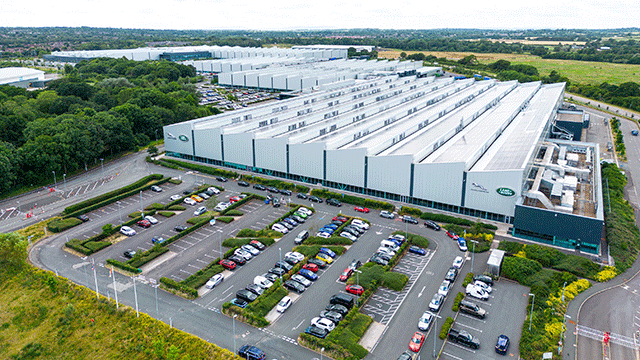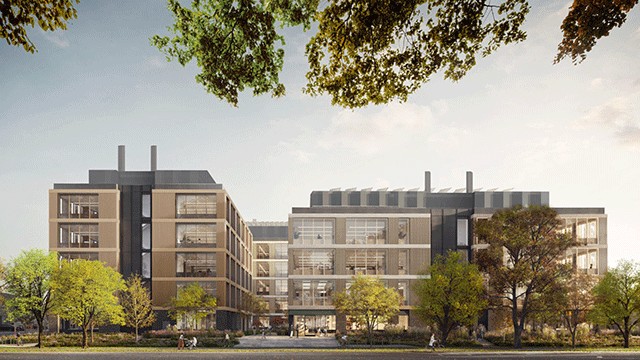Fixtures and fittings are one and the same thing, aren’t they? Well in fact, that’s not strictly true…
The government has recently announced measures intended to prevent stamp-duty avoidance on house sales by the device of selling of fixtures and fittings separately, at an inflated price.
This prompted me to recall that the law on fixtures and fittings is often regarded as confusing and obscure. But it is worth trying to understand it, because the legal consequences can have a significant financial effect, whether on landlord or tenant, seller or purchaser, or mortgagee.
It’s all very confusing
Confusion arises for two reasons, the first of which is language. “Fixtures” get tied up with “fittings”, as if the two words meant the same thing. In fact, “fittings” is not a legal concept. The crucial distinction is between “fixtures” properly so-called and “chattels”, which are just “things” but, more importantly, moveable things. In law, fixtures form part of the real property (the land and premises); chattels, even if they can be described as “fixed chattels”, do not they never lose their separate identity.
The main test as to whether an item constitutes a fixture is whether it is fixed or “annexed” to the property. However, it can be fixed for different reasons. Was it meant as a permanent improvement, or is it there simply for the better use of the item itself? A statue, not fixed to the land but forming part of an architectural scheme, may well be a fixture that the seller must leave, whereas a mirror, screwed to the wall for the sole purpose of keeping it vertical, would not be.
The legal distinction between “landlord’s fixtures” and “tenant’s fixtures” provides the second ground for confusion. It is important to remember that this is a subdivision of fixtures. While they are installed, and regardless of who installed them, such items form part of the land. But that would mean that if a tenant improved a property by installing a fixture, that fixture would become the landlord’s property once the tenancy came to an end. The law therefore developed a benevolent exception, under which a tenant would be entitled, at the end of its lease, to detach, and take away, fixtures that it had installed. This encompasses three categories, namely trade fixtures, ornamental and domestic fixtures, and agricultural fixtures. The first of these, covering all fixtures installed by a tenant for the purposes of its trade or business, is by far the most important.
The distinctions can be difficult, but are important. If a mortgagee of residential property realises its security by sale, disputes can arise as to what it is able to sell. In Botham v TSB Bank plc (1997) 73 P&CR D1, the Court of Appeal had to consider the nature of some commonplace items; its decision shows how difficult the issue can be. It held that bathroom fittings such as towel rails were fixtures, but fitted carpets, curtains and blinds, and light fittings were not. Gas fires connected to the building only by the gas pipe were not fixtures, any more than a plugged-in electric fire would be. Fitted kitchen units were fixtures, but integrated appliances such as fridge, freezer and oven were not, because of their standard size and production, and the slightness of their attachment.
Fixtures under landlord and tenant law
In landlord and tenant law, the important point is that tenant’s fixtures are still fixtures; it is merely that they can be lawfully removed and returned to the state of chattels. They do not have to be, and a landlord who wants them removed at the end of the lease will have to take a covenant to that effect. An assignment of the lease will leave tenant’s fixtures in place, so that the assignee can remove them, but if there is a surrender and regrant instead, they will become the landlord’s. This would affect rent review, since the fixtures will then be part of the demised premises. On a normal rent review, the “vacant possession” assumption means that tenant’s fixtures have been removed.
Similarly, where the value of premises depends on the ability to conduct a business that requires attendant equipment, which may be fixtures or chattels, the valuer needs to consider very carefully what is, or is not, included in the property. It’s a good idea to know your fixtures!
Hazel Williamson QC is a barrister in Maitland Chambers, and an arbitrator and deputy high court judge








